-150x150.jpg)
There’s good news for folks who struggle to fit regular exercise into their busy workweek. “Weekend warrior” workouts are just as beneficial as daily exercise to a person’s overall health, a new study says. People who get all their weekly recommended exercise in one or two days are about as healthy as those who spread their workouts more evenly throughout the week, researchers reported Sept. 26 in the journal Circulation. Both groups had a similarly lower risk of developing more than 200 possible diseases across 16 categories, ranging from heart and digestive conditions to mental health and brain illnesses, researchers found. “Because there appears to be similar benefits for weekend warrior versus regular activity, it may be the total volume of activity, rather than the pattern, that matters most,” said co-senior researcher Dr. Shaan Khurshid, a cardiologist with the Massachusetts General Hospital’s Center for Cardiac Arrhythmias. Guidelines recommend at least 150 minutes of moderate-to-vigorous physical activity each week, researchers said in background notes. But how a person gets those minutes each week has remained an open question. Is it better to perform 20 to 30 minutes of exercise daily, or can a person pack all that physical activity into a couple of days and go longer between workouts? For this study, researchers analyzed data on nearly 90,000 participants in the UK Biobank, an ongoing health… read on > read on >












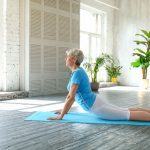

-150x150.jpg)



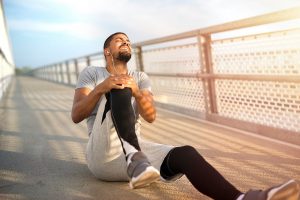
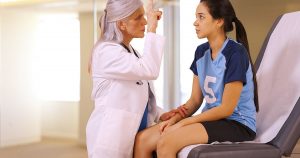





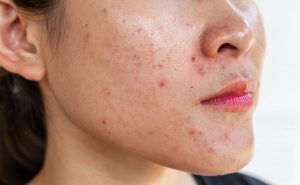
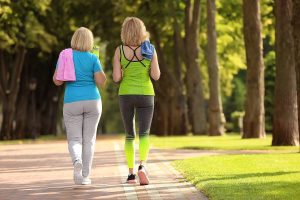










-300x200.jpg)